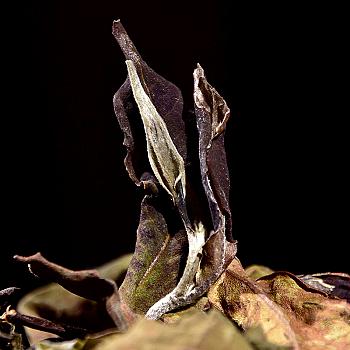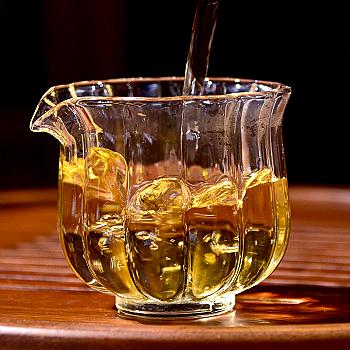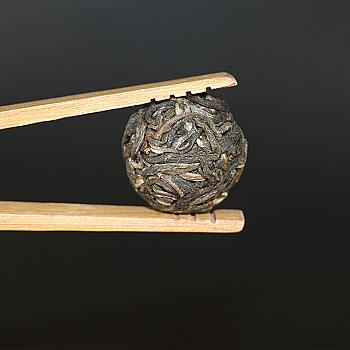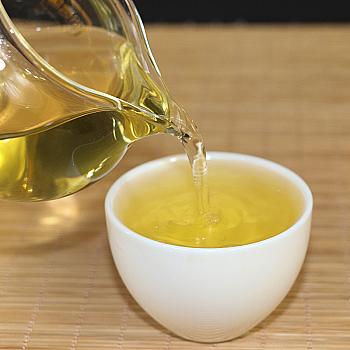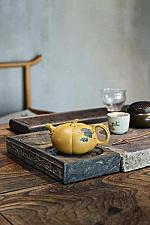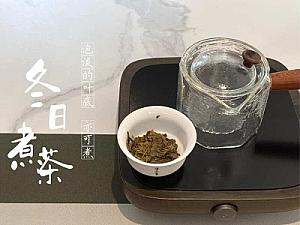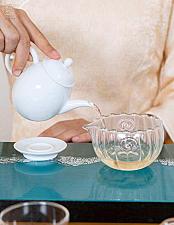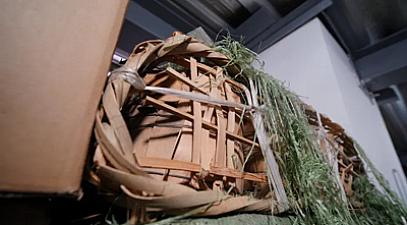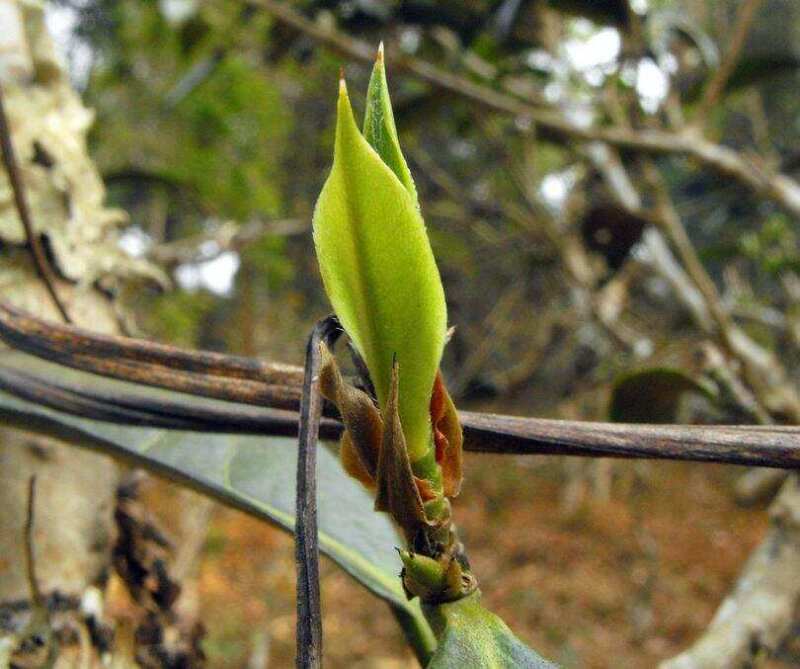
Yunnan Ancient Tree Tea - a tea from Lantsang River (also known as Lancang or Mekong) area in Yunnan Province of China, with unique and complex fragrance.
August 15, 2025
Many people have a special fondness for Menghai tea. The biggest characteristic of Menghai (ancient tree) is "sweet and fragrant": the aroma is conspicuous, the fragrance of the mountains is strong. The aroma of Menghai tea should be used at the highest level of Pu'er tea fragrance, that is, floral fragrance, specifically orchid fragrance.
Many people have a special affection for Jīnmài tea when they mention Lancang. The biggest feature of Jīnmài (ancient tree tea) is "sweet and fragrant":
The aroma is prominent, and the wild fragrance of Xiangji tea is strong. The aroma of Jingmiao tea should be the highest level of Pu'er tea aroma - flower fragrance, and that of orchid.

A traditional Teh Tarik has "three aromas":
One is: The dry tea has a strong aroma of orchid, and just by smelling the tea cake, there are obvious orchid fragrances, with fragrance intensity only comparable to high-quality wild tea varieties like Qianjiazhai native teas.
The tea soup is obvious and lasting. The pure Tieguanyin tea can taste the lanxang flavor in the tea soup, and it can last for more than ten infusions.
The third is: cup-bottom fragrance. Cup-bottom fragrance is the most direct manifestation of ancient camellia mountain wild atmosphere, the scenery tea mixed with the mountains and forests, and the strong aroma of the mountains and forests is evident in the cup bottom, and can be smelled after ten or so brews.
Fragrance is the most prominent advantage of Jia Mai tea, which is also the main reason why people like to drink Jia Mai tea, and it's also one of the reasons that make Jia Mai tea easier to distinguish. The strength of fragrance in Jia Mai tea has a relationship with picking time: Spring tea has strong fragrance, summer tea weak fragrance, autumn tea weak fragrance as well.
The sweetness is obvious and persistent. Generally, the sweetness of tea is bitter after sweetness, while Jinfeng tea's sweetness is direct and rapid, and it is also long-lasting. When drinking Jinfeng tea, the sweetness can be tasted as soon as the tea enters the mouth, and the persistence is strong. A good Jinfeng tea in the morning will still have a sweet taste on the tongue and palate after lunch without eating food that affects taste buds, even after taking a midday nap.
The soup is thick, but the texture in the mouth feels thin. This is a contradiction that's hard to explain. A good Jing Mai tea will brew up into a thick, syrupy liquid that sometimes even develops bubbles floating on top that refuses to move towards the wall of the cup; this can only be seen with a very thick liquid.
The Lancang is the only Rukongmang Autonomous County in China, a center for ancient tea origins and the birthplace of Pu'er tea culture, as well as the setting of the song "Luzhenglian". For thousands of years, people from various ethnic groups including the Rukongmang, Wa, Hani, Dai and Bulang have lived on this 8807 square kilometer landmass.

Jingmai's "Yandi Inheritance, the only in the world" 1,000 acres of ancient tea gardens. On the way, I also visited Ximeng, Menglian and other places for sightseeing and personally experienced the mysterious charm of Pu'er tea in Yunnan. At the ancient tea garden, we picked up plenty of crab legs by hand. It's learned that crab legs are a parasitic organism that grows on ancient tea trees (Jojoba tea tree) over 100 years old. Its color is green (dried and turned brown), named after its resemblance to crab legs. Crab legs are the dry stems with leaves, branches of Schisandra chinensis (Slender Five-Leaf Araliaceae plant).

There are tiny creatures called "Crab's Feet" which cling to the ancient tea trees in the old tea garden. They live together with the ancient tea trees and absorb their spiritual energy, thereby becoming immortal themselves. According to experts in medicine, "Crab's Feet" have a cold and cool property, a slightly sour taste, and are sweet after drinking, can clear heat, detoxify, aid digestion, relieve constipation, lower cholesterol, and help treat liver cancer.

The traditional Chinese medicine dictionary states that it has a pungent and warm effect in driving away wind, activating the blood and removing dampness. It also helps to stop coughing and relieve phlegm. According to medical experts, its properties are cold and refreshing, with a slightly sour taste and a sweet aftertaste. After drinking, it has a soothing effect on the stomach, relieves thirst, clears heat and detoxifies, reduces blood fat and blood pressure, and treats symptoms such as internal fever in postprandial urination. It also has an auxiliary effect on clearing heat, relieving rheumatism, treating gastric ulcers, colitis, hepatitis B, etc. In folk medicine, it is commonly used to treat inflammation, stomach diseases, diabetes, atherosclerosis, prostatitis, fatigue, and can prolong one's life and improve their health. However, pregnant women are advised against drinking it.
Crab claws can be enjoyed on their own, or added to Pu-erh tea and brewed together. They are the best match for Pu-erh tea. Drinking them long-term is good for body and mind health and is people's ideal health product.
On seeing everyone in the old tea garden, a scene full of excitement, it even inspired Liu Kunsheng, who is known as the "poetic god," to compose a poem on the spot. The scenery past along the way cannot be forgotten, and what's worth mentioning is that there is an ancient mountain village called Jing Mai Village which is shrouded in mystery.
The village leader, Da Li, who accompanied me also visited a 109-year-old elderly woman in the village. She seemed very healthy and cooperative to our request for taking photos. Da Li introduced that Nanzhang is now one of the best preserved ancient structures ever seen since the Qing Dynasty, with more than 90 households and over 500 villagers, whose main source of living is tea.
Hearing and seeing more is not as good as actually doing something.
